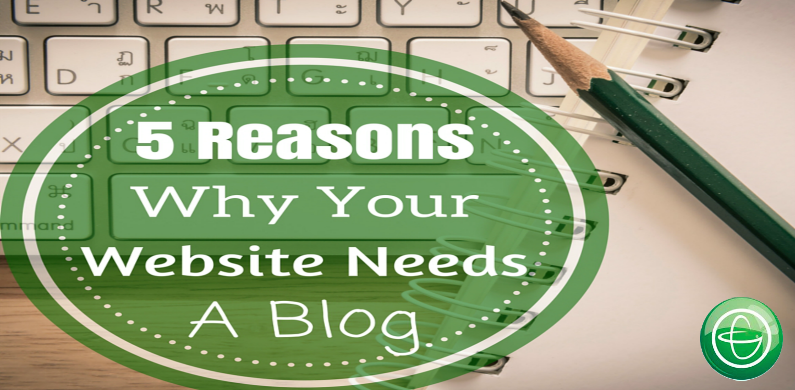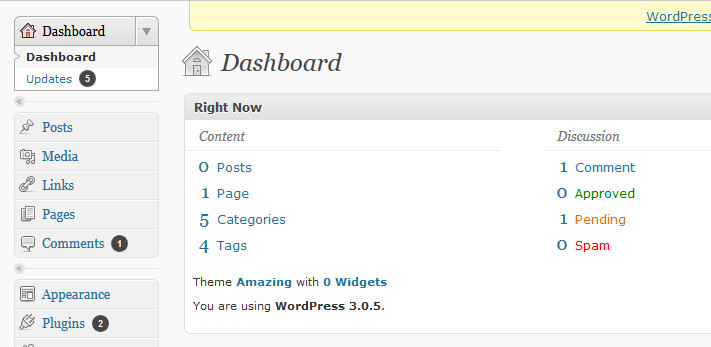You’ve no doubt heard that blogs can be a great addition to your website. We agree that they are not only a great addition, but truly necessary for a powerful website. Read on to learn five reasons why your website needs a blog for business.
To Share News
Use your blog to share industry news, personal news or company news. Your blog is a great opportunity to keep your website visitors and customers updated. Be sure the news you share is relevant to your business though. Even if you feel passionate about the president or what is going on at your child’s school, the blog on your business website is not the place to share this as you may alienate customers or visitors. If you really want to share your thoughts online, create an additional personal blog to share.
To Preserve Your Website
Getting your website just right can be time consuming, so you don’t want to have to edit it and change the look every time you have news or an update to share. Use your blog to share these more frequent updates. This will ensure your website still looks professional and perfect while keeping your customers updated and saving time on formatting. Most blogs allow for simple updates with no additional formatting needed, making this the best place to share frequent updates. Do update the look of your website when truly needed to keep it up to date, but with a blog, there’s no reason to update it daily or weekly.
To Educate
Your blog is a powerful tool to educate team members, customers and prospective customers. While the landing page or product pages on your website might offer limited space, you can use your blog to more deeply describe your products and their benefits or teach others how to be successful in their business. Use your blog to share tips, videos, tutorials and more.
To Show Activity
How updated and active your website is matters a lot of customers and prospective team members. If someone visits your website and it’s hard to tell the last time it’s been updated, they may leave. An out of date website signals to people that you don’t care about your business and may be hard to reach. While this may not be true, this is the message being sent. It can be difficult to update your website frequently if you’re not a large business, but updating your blog frequently is easy and smart. With a blog, people may visit your website and navigate to your blog to see how active you business is, when they see a recent blog posts, it signals to them that you’re active and reachable. Update your blog as frequently as possible, the content doesn’t have to be long, just share news and activity.
To Share Content from Others
There’s lots of great content on the internet and you should be benefiting from it. One way to benefit is to share the great content you find. Maybe you found a blog post that puts an idea into words better than you can or a video that explains a part of your business. Reach out to the creators of this content or share their content and be sure to credit them properly and link to their site. Your blog allows you to be share content from others without it coming across as your own, like it might to your main landing page. Also try to set up a reciprocal relationship with people who operate blogs like yours and offer content to be shared on their blog and share theirs. This can give you a break from creating content every now and then and promote your blog and business on a place where you can attract new customers.
A blog is always a smart addition to a website. Many websites offer a template for a blog, making it easy to add on. Once you start your blog, don’t forget about it. It takes little time to manage a blog, but the results are very important!
Interested in Affiliate Marketing with GDI? Click Below to Learn More!



